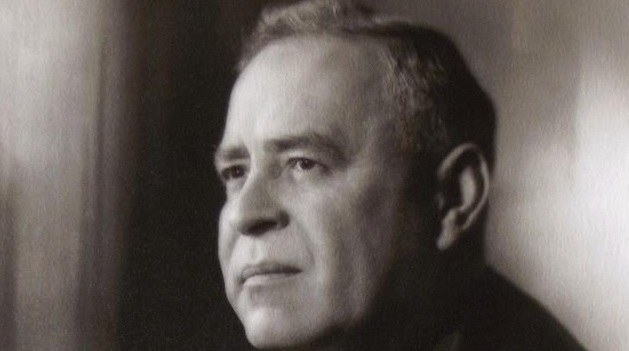Wiley Blount Rutledge Jr. was an American educator and Associate Justice of the Supreme Court of the United States and previously was a Associate Justice of the United States Court of Appeals for the District of Columbia. Take a look below for 27 more interesting and fun facts about Wiley Blount Rutledge.
1. Rutledge was born in Cloverport, Kentucky, more specifically, at nearby Tar Springs, to Wiley Blount Rutledge Sr., a Southern Baptist minister, and Mary Lou Wigginton Rutledge.
2. After a brother died in infancy, Wiley’s sister Margaret was born in 1897.
3. His family moved about while he was young.
4. He attended Maryville College and then the University of Wisconsin-Madison, graduating from there in 1914 with a Bachelor of Arts degree.
5. Rutledge taught his school in Indiana while attending the present-day Indiana University Maurer School of Law part-time.
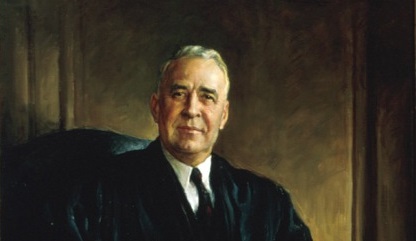
6. He later moved to Colorado, and received a Bachelor of Laws in 1922 from the University of Colorado Law School in Boulder.
7. While matriculating at Colorado, Rutledge joined the Pi Chapter of Alpha Sigma Phi Fraternity.
8. The year he graduated from law school, on August 28, 1917, Rutledge married Annabel Person.
9. The couple had three children, Mary Lou in 1922, Jean Ann in 1925, and Neal in 1927.
10. Rutledge was the great-great-grandson of Edward Rutledge, the South Carolina politician and the youngest signer of the Declaration of Independence.
11. Rutledge’s brother, John Rutledge, was a South Carolina delegate to the 1787 Constitutional Convention and twice nominated by President George Washington to the United States Supreme Court.
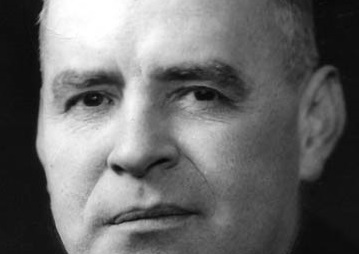
12. Rutledge entered private practice in Boulder from 1922 to 1924.
13. He was an Associate Professor of Law at the University of Colorado from 1924 to 1926.
14. He was a Professor of Law at Washington University School of Law from 1926 to 1935, serving as Acting Dean in 1930 and as Dean from 1931 to 1935.
15. He was a Professor of Law and Dean of the University of Iowa College of Law from 1935 to 1939.
16. From this position, Rutledge was a vocal supporter of Franklin Roosevelt‘s plan to pack the Supreme Court.
17. Rutledge was nominated by President Franklin D. Roosevelt on March 21, 1939, to the United States Court of Appeals for the District of Columbia, to a new Associate Justice seat authorized by 53 Stat. 584.
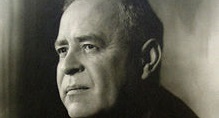
18. He was confirmed by the United States Senate on April 4, 1939, and received his commission on May 2, 1939. His service terminated on February 14, 1943, due to his elevation to the Supreme Court.
19. Rutledge was nominated by President Roosevelt on January 11, 1943, to the Supreme Court of the United States, to an Associate Justice seat vacated by Associate Justice James F. Byrnes.
20. He was confirmed by the Senate on February 8, 1943, and received his commission on February 11, 1943.
21. He served as Circuit Justice for the Eighth Circuit and Tenth Circuit from March 1, 1943, to September 10, 1949. Rutledge was significantly less conservative than Byrnes and he remained a steady ally of Roosevelt throughout his court career.
22. Rutledge articulated strong liberal positions, particularly in his interpretation of the due process clause of the Fourteenth Amendment.
23. He wrote for the court in 1946 in Kotteakos v. United States that, “our Government s not one of mere convenience of efficiency. It too has a stake, with every citizen, in his being afforded our historic individual protections, including those surrounding criminal trials. About them we dare not become careless or complacent when that fashion has become rampant over the earth.”
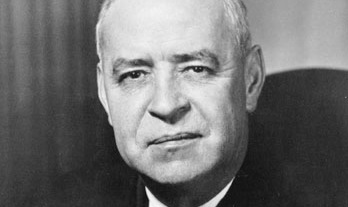
24. Rutledge extended this position to dissent from the Court’s decision in Yamashita v. Styer, in which Japanese general Tomoyuki Yamashita filed for habeas corpus to appeal his conviction for war crimes in World War II.
25. According to Justice Frankfurter, Rutledge was part of the more liberal “axis” of justices on the Court, along with Justices Murphy, Douglas, and Black; the group would for years oppose Frankfurter’s ideology of judicial restraint.
26. Douglas, Murphy and then Rutledge were the first justices to agree with Black’s notion that the Fourteenth Amendment incorporated the Bill of Rights protection into it; this view would later become law.
27. On August 27, 1949, Rutledge was vacationing in Maine. He had a stroke while driving his car and died two weeks later in York, Maine. His remains are interred at Green Mountain Cemetery in Boulder, Colorado.

